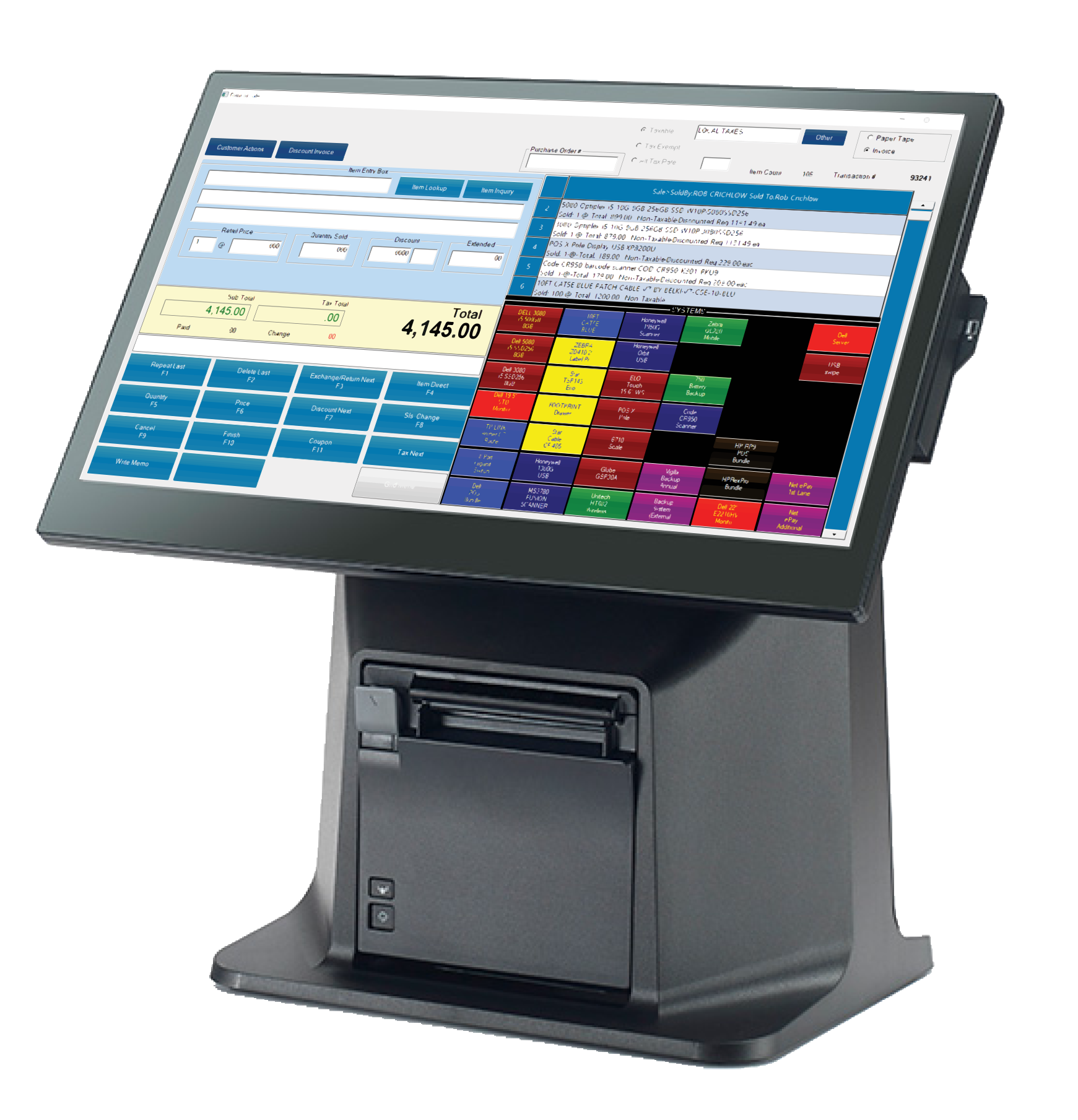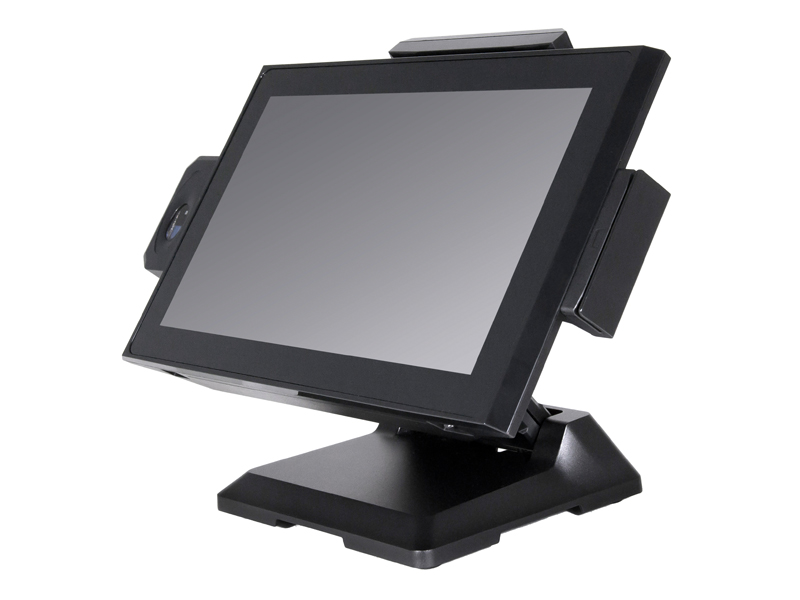Tracking performance with data: How Restaurant POS Software drive better decisions
Wiki Article
Just How POS System Functions: A Comprehensive Guide for Entrepreneur

Understanding the Components of a POS System

How Sales Transactions Are Refined
When a consumer chooses to buy, the sales purchase initiates a collection of systematic actions within the POS system. The cashier inputs the products being acquired, which are checked through a barcode visitor or by hand gone into. This action gets product details, including pricing and applicable tax obligations, from the system's database.Next, the consumer exists with the overall amount due. The POS system then processes the repayment, whether with cash money, charge card, or mobile repayment approaches (Restaurant POS Software). For electronic payments, the POS safely communicates with repayment cpus to license and validate the transaction.Once the payment is verified, the system generates an invoice, which can be published or sent digitally. This receipt works as proof of acquisition for the consumer. Ultimately, the deal data is recorded in the system, ensuring exact sales documents and monetary tracking for businessInventory Administration and Tracking

Reliable stock administration and monitoring are vital parts of a POS system, as they ensure that services preserve excellent stock degrees and reduce inconsistencies. A robust POS system enables real-time supply updates, mirroring sales and returns instantly. This enables entrepreneur to check stock degrees properly, making sure that prominent items are conveniently offered while protecting against overstocking of much less popular products.Additionally, progressed POS systems use attributes such as automatic stock notifies and reorder suggestions, improving the purchase process. Barcoding and RFID modern technology improve precision in tracking inventory movement, minimizing human error. Comprehensive coverage tools offer understandings into stock turn over rates, helping companies make educated decisions about buying and item offerings. Ultimately, effective inventory monitoring through a POS system not only boosts functional efficiency but also improves client fulfillment by ensuring product accessibility.
Examining Client Data and Insights
Client data analysis acts as a powerful device for organizations utilizing a POS system (Restaurant POS Software). By analyzing and collecting deal data, organizations can discover valuable understandings regarding customer habits and preferences. This evaluation enables them to identify purchasing fads, continue reading this peak shopping times, and popular products, thereby educating inventory decisions and advertising and marketing strategies.Additionally, companies can section their client base, enabling personalized advertising efforts that provide to specific demographics or purchasing routines. Comprehending customer visit their website commitment patterns also helps in establishing targeted benefits and promotions programs.The data amassed from a POS system can likewise disclose insights right into customer responses, making it possible for services to make informed choices regarding product offerings and solution enhancements. Inevitably, leveraging customer information efficiently can boost the general purchasing experience, foster client fulfillment, and drive profits growth
Advantages of Applying a POS System

Regularly Asked Questions
What Types of Businesses Can Take Advantage Of a POS System?
Numerous organizations gain from a POS system, including retail shops, dining establishments, hair salons, and ecommerce systems. These systems streamline purchases, supply management, and consumer data, enhancing operational efficiency and enhancing customer experience throughout varied industries.Just how much Does a POS System Generally Price?
The cost of a POS system typically varies from a few hundred to a number of thousand dollars, depending on features, equipment, and software program. Businesses need to take into consideration ongoing fees for deal, upkeep, and assistance handling when budgeting.
Can I Incorporate a POS System With Existing Software Program?
Incorporating a POS system with existing software application is frequently possible. Several systems supply APIs or built-in compatibility attributes, allowing organizations to improve operations and enhance performance by linking various software program applications efficiently.
What Training Is Required for Personnel to Utilize a POS System?
Training for personnel to make use of a POS system commonly consists of understanding software program functionalities, refining purchases, handling supply, and managing customer interactions. Practical demos and hands-on method sessions improve proficiency and self-confidence being used the system efficiently.What Takes place if the Web Decreases While Utilizing a POS System?
If the web decreases during POS system usage, deals might be interrupted. Numerous systems use offline capabilities, permitting fundamental procedures to proceed, but full capability, including company website real-time stock updates, will certainly be limited. A Factor of Sale (POS) system is composed of numerous essential components that work with each other to handle and help with purchases service procedures. Efficient supply administration and tracking are important components of a POS system, as they ensure that organizations preserve optimal supply levels and lessen discrepancies. Customer data evaluation serves as a powerful device for companies using a POS system. Recognizing client loyalty patterns also aids in establishing targeted benefits and promotions programs.The information amassed from a POS system can additionally reveal insights into customer responses, making it possible for businesses to make enlightened decisions regarding item offerings and solution renovations. Executing a POS system supplies numerous benefits that can greatly boost company operations.Report this wiki page